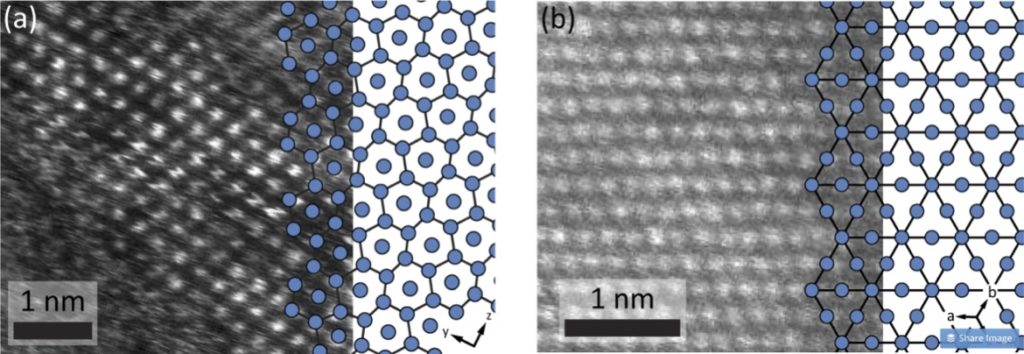Scientific Achievement

A team of Foundry staff and users have developed a new method to study nanograms of Berkelium and Californium using transmission electron microscopy.
Significance and Impact
The nanosampling method requires only single nanograms of actinide elements, significantly reducing the cost and risk of analyzing. It enabled the characterization of Bk and Cf compounds and could open new directions for the exploration and utilization of actinides and transactinides in chemical systems.
Research Details
- The team used single nanograms of material, which represents a reduction by several orders of magnitude compared to traditional approaches and thereby significantly reduces both costs and risks.
- Materials were dropcast from highly diluted solutions containing americium, curium, berkelium (Bk) and californium (Cf) and then investigated using atomic resolution electron microscopy and associated spectroscopic methods to understand their electronic structure, including imaging single actinide atoms.
- f-band occupancies of the four actinides were probed by electron energy loss spectroscopy. They identified an unexpectedly weak spin-orbit coupling for Bk and revealed a jj coupling scheme in Cf.
Müeller, A., Deblonde, G. J-P, Ercius, P., Zeltmann, S.E., Abergel, R.A., Minor, A.M. Nat. Comm. 2021. 12 (948). DOI: 10.1038/s41467-021-21189-1
Read the news release on probing the electronic structure in Berkelium and Californium with TEM.

